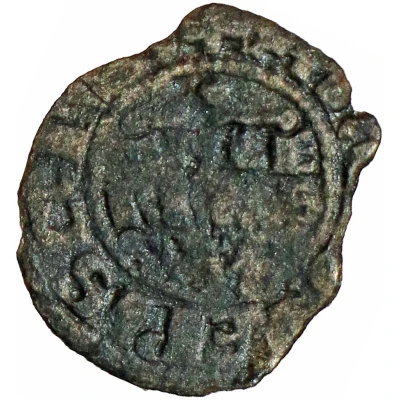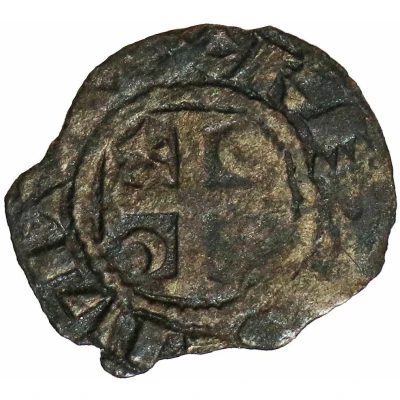


© John Conduitt (CC BY-SA)
Obol - William I ND
| Billon | 0.27 g | 14 mm |
| Issuer | Archbishopric of Reims (French States) |
|---|---|
| Archbishop | William White Hands (1176-1202) |
| Type | Standard circulation coin |
| Years | 1176-1202 |
| Value | 1 Obol (1⁄480) |
| Currency | Denier |
| Composition | Billon |
| Weight | 0.27 g |
| Diameter | 14 mm |
| Shape | Round (irregular) |
| Technique | Hammered |
| Orientation | Variable alignment ↺ |
| Demonetized | Yes |
| Updated | 2024-10-04 |
| Numista | N#358415 |
|---|---|
| Rarity index | 97% |
Reverse
Cross with two lilies and two crescents in angles, legend around.
Script: Latin
Lettering: + REMIS CIVITAS
Translation: City of Reims.
Interesting fact
One interesting fact about the Obol coin is that it was used as a form of currency during the reign of William I, also known as William the Lion, who was the King of England from 1165 to 1176 and the Count of Boulogne from 1153 to 1176. The coin was minted in the Archbishopric of Reims, which was a powerful and influential religious institution in medieval France. Despite its small weight of 0.27 grams, the Obol was a widely accepted form of payment during this time period, and it remained in circulation for many years after its minting.